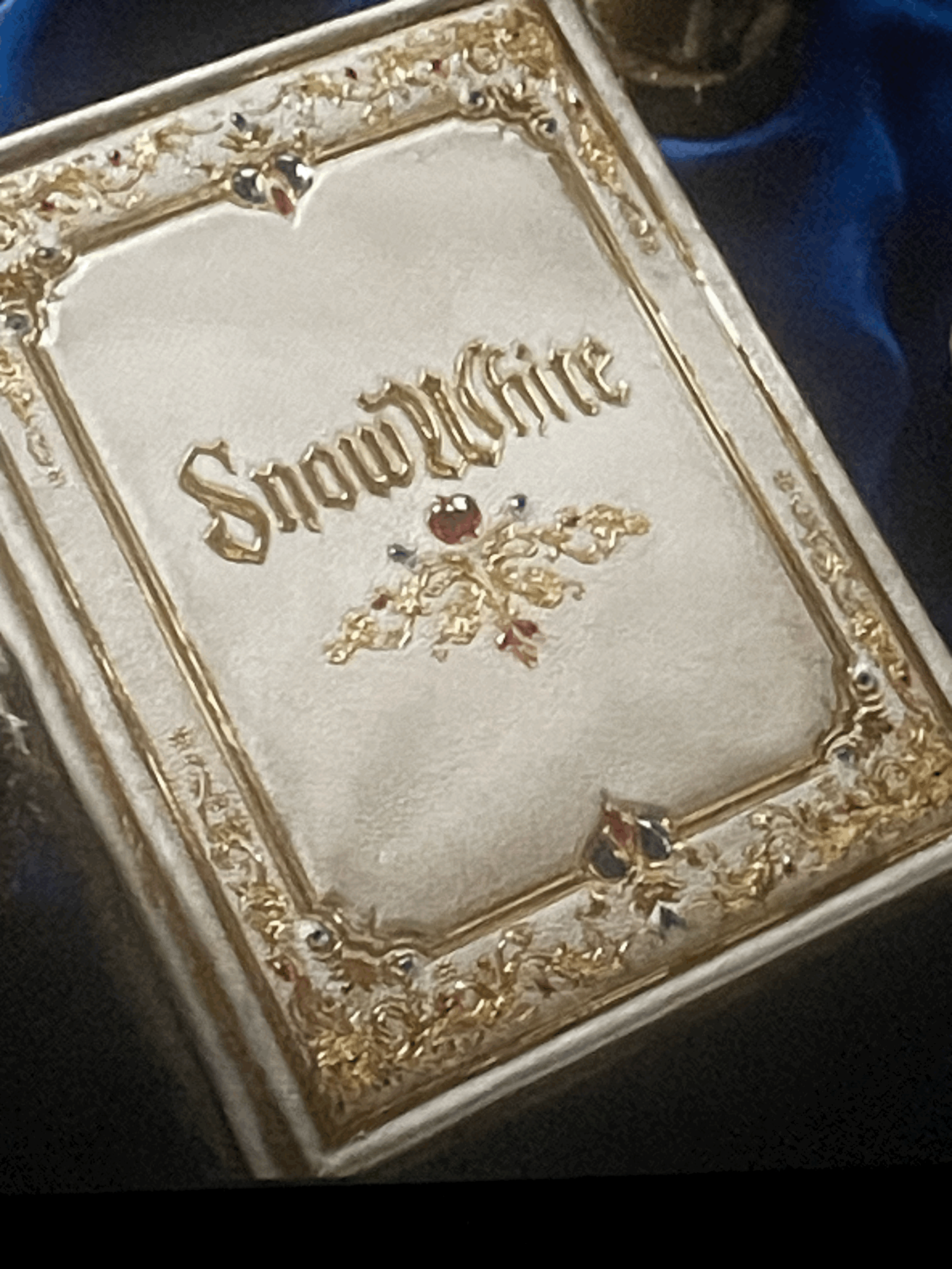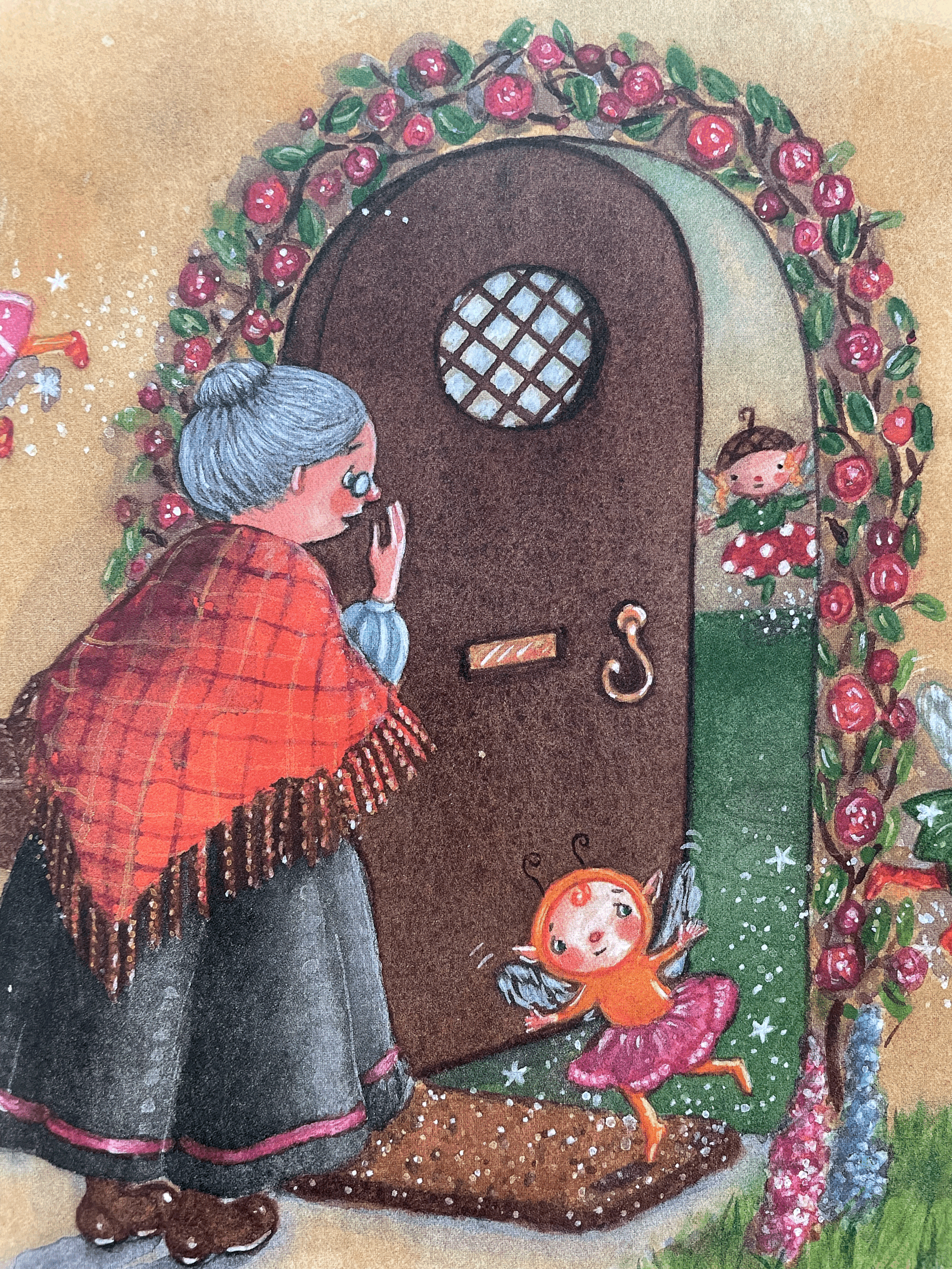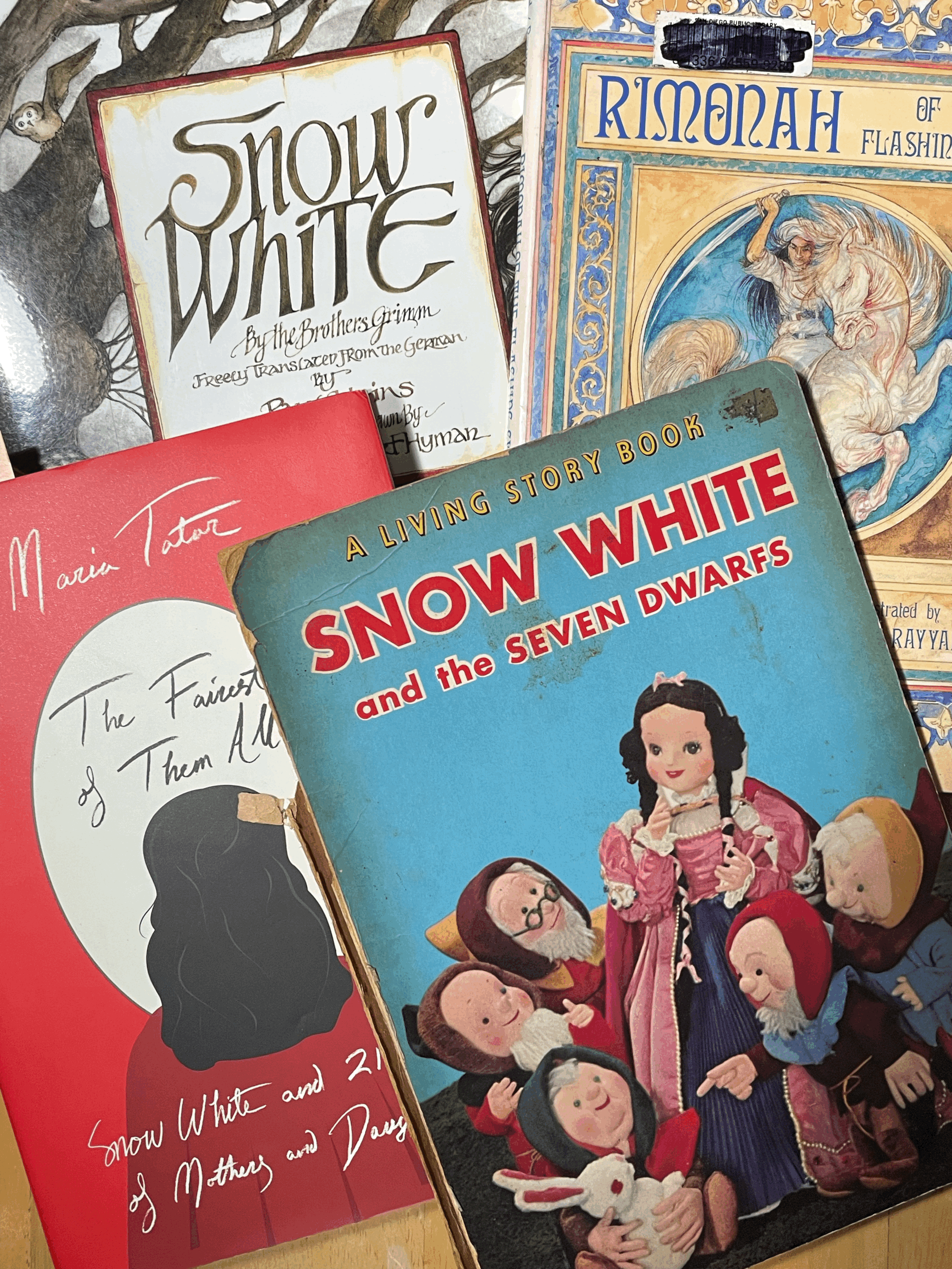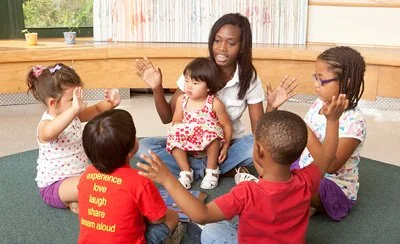
Fairytales and the Classroom
It’s one thing to know that resilience is important, but quite another to know how to nurture it in the busy early childhood classroom! Juggling standards, curriculum, routines, and children who just need a hug is a challenge. Fairytales to the rescue!
Here is a framework for thinking about the ordinary magic of resilience throughout the curriculum. Below it, you’ll find some resources to guide you on your way!
The human brain thinks in stories, and from the earliest age, children are drawn to stories like luna moths to a flame.
They tell stories, both in words and in their play, to make sense of the world,
They listen raptly as we tell or read stories to them, and it doesn’t matter if it’s a beloved children’s book, or a description of a goldfish we once saw, or what we noticed on the bus ride home from work: they love our stories!
Not surprisingly, a classroom or home rich in stories is the best way to invite children into the wondrous world of reading, writing, speaking and listening as they develop their emergent skills through storytelling.
Fairy tales, with their simple plots, stock characters and consistent structure, inspire and inform children’s own story-making. Even the realistic stories children tell, dictate, or write draw on these fairytale foundations, if they have heard them.
With their many variants from around the world, fairytales are also a way to infuse culture, diversity and equity into story time. The framework and resources below introduce how fairy tales and storytelling, and especially, the storytelling-storyacting process pioneered by Vivian Gussin Paley, can become a enchanted fountain of literacy and resilience for young children.
The primary protective factor for resilience is relationships, with caregivers, peers, and other significant adults. Relationships are also the heartbeat of the classroom. By focusing on these relationships as you plan learning experiences for children, you can maximize the magic of resilience throughout the day.
When children are using their initiative in various ways, they are acting on their own wonderful ideas, and gaining agency: that feeling that they are capable humans. Experiences that promote initiative are called “Doing Magic” (because children DO things), and it’s sometimes helpful to break it into two categories: Playing Magic, and Making Magic.
Play offers children opportunities to make choices, try out ideas, and follow the breadcrumbs of their imaginations (as well as fostering relationships).
When early childhood learning centers/stations and outside time are intentionally set up to provide child-directed explorations, the resilience protective factors of initiative and executive functions sparkle!
Many learning experiences that promote initiative and executive functions involve a bit more adult guidance as children learn basic processes that help them to get the most out of open-ended materials as they create and solve problems. These are Making Magic.
We want children to experiment with their own ideas…but helping them learn how to wipe off paintbrushes, hammer nails, and follow the sequence of attaching objects to a collage with tape or glue will free their creativity in later projects.
For young children, self-regulation is the most mysterious, and important of superpowers! Of all of the protective factors, self-regulation and its cousin effortful control are the most directly connected with the child’s brain development, and the most impacted by both temperament and trauma.
Many early childhood activities that children find challenging, such as transitions, sitting quietly, waiting their turn, etc. can be supported by tapping into story and imagery that is meaningful to a child. And “olden day” games like Simon Says, Red Light Green Light, and Hide and Seek offer playful ways for children to flex their emerging superpower of self-regulation!
Curated materials from the Resource Hub
The curated resources on this page will guide you on your learning quest!
From the Blog
Happily Ever Resilient
This book delves into why and how fairytales support resilience! It features six beloved fairytales, each with related child-centered and joyful learning experiences revolving around Story Magic, Caring Magic, Playing Magic, Making Magic and Superpower Magic. Designed for early childhood, many of the activities can be adapted for older children as well.
Get a FREE download of a chapter of Happily Ever Resilient!
The fairy godparents at Redleaf Press decided to offer one of them as a gift to teachers far and wide! Scan the QR code to download a full chapter of learning experiences that explore Beauty and the Beast as a tale of the ordinary magic of resilience!
Storytelling/Storyacting: Helicopter Stories
Trisha Lee, author of Princesses, Dragons and Helicopter Stories: Storytelling and Story Acting in the Early Years, introduces the magic of Vivian Paley’s process in this video. There are both teacher reflections, and clips of children engaged in creating their own stories. It’s a wonderful introduction to how this simple yet profound process can link Story Magic, play, emergent literacy and social-emotional development in the classroom. (“Helicopter Stories” is a reference to one of Vivian Paley’s books, The Boy Who Would Be a Helicopter).
Trisha is also founder of Make Believe Arts, an organization devoted to putting stories at the heart of early childhood curriculum in the UK.
A Conversation with Vivian Gussin Paley
Vivian Gussin Paley was a lifelong early childhood educator who beautifully articulated the magic of childhood that is revealed when we deeply respect and listen to children. In this interview, she focuses on how Story is at the heart of her teaching, all day, every day and offers examples of how even classroom management can be grounded in children’s storytelling. Paley co-created the storytelling/storyacting process with her classes; research has shown this technique to be effective at supporting both children’s literacy and social-emotional development.
Once Upon a Helicopter Story: Why Storytelling/Storyacting?
This article highlights the many social and emotional benefits of Vivian Paley’s Storytelling/Storyacting process, as well as why it’s a literacy powerhouse. There’s even a brief how-to section!
Read what Trisha Lee, one of the worlds’s leading advocates for the process and author of a number of books about ST/SA, has to say!
Fairytales, Storytelling and Nursery Rhymes for Oral Language Development
Joan Almon was a lifelong advocate for play and the imagination in early childhood. She discusses the importance of oral language as the foundation of literacy and describes the many ways that fairytales and nursery rhymes can support oral language and children’s ventures into the magical kingdom of reading and writing.
A Sprinkling of Fairytale Inspiration from
Fairydust Teaching
Fairydust Teaching is a committed to connecting play, respect for children, and the creative process. The blog posts linked here are related to fairytales, and will give you a taste of the treasures the website offers.
Check out the many other ideas and resources for child-directed imaginative play, too!
